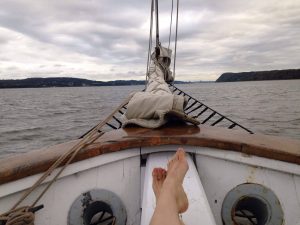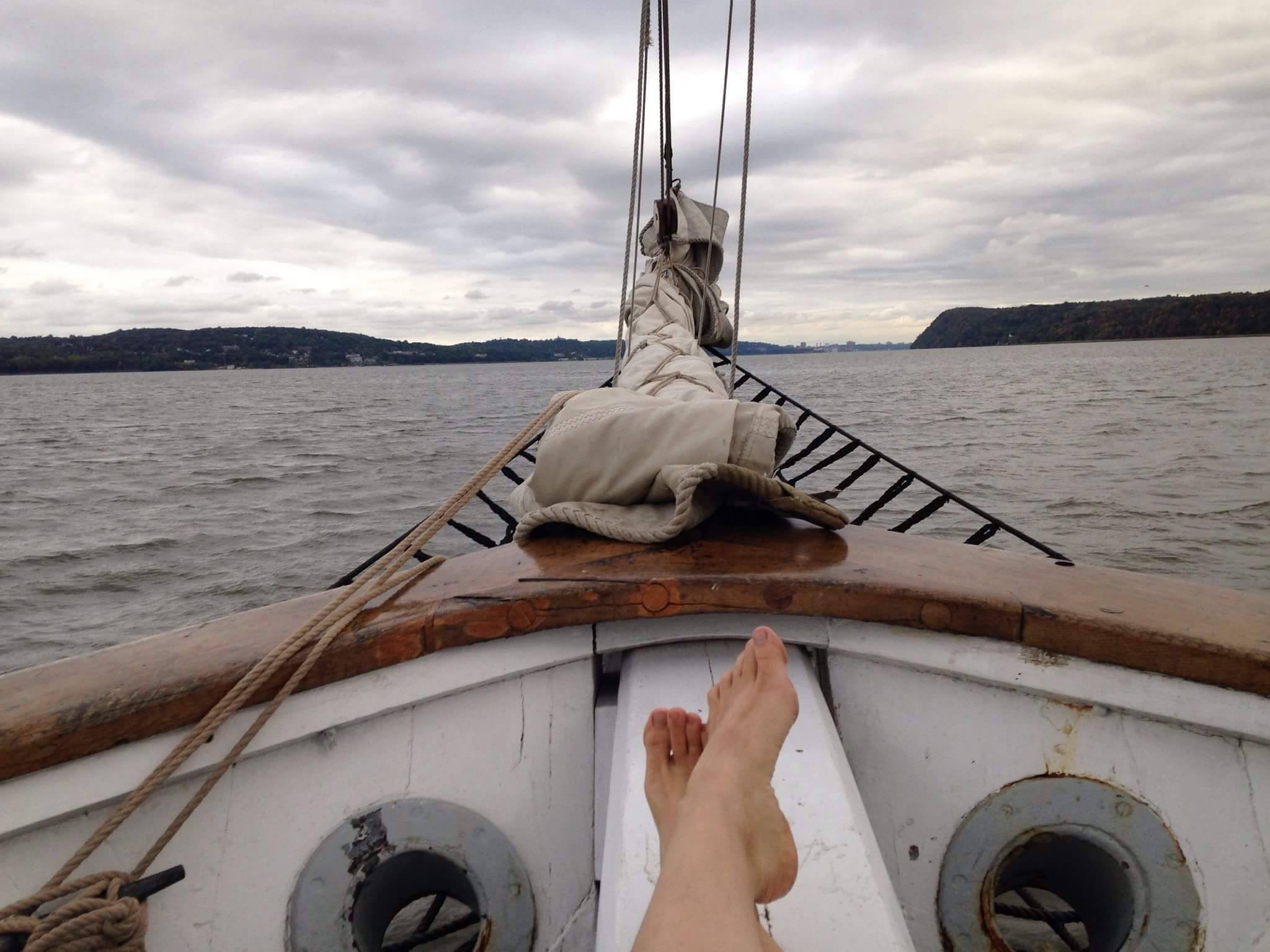
There is a tendency for estuarine environments–where the river meets the sea–to hold a “nutrient trap” along the stark gradient between the estuary’s upper flow of freshwater and the lower, more dense “salt wedge” of seawater. This middle portion of the water column tends to be the most ecologically productive–where nutrients collect, and sunlight often still reaches.
Lately, I can’t help but draw parallels between the productive potential of these geological systems and the power that lies in the flow and mingling of different opinions that the diversity of my native United States allows.
Perhaps my quietly celebrating this capacity of converging viewpoints is a coping mechanism of sorts. After all, regardless of which side of the political spectrum you fall on, it’s undeniable that the current socio-political climate of the country seems to be a proper powder keg. Sparks of spats along party lines seem to galvanize us against one another, as our productivity and progress seems to flounder across the board.
With this latent emotional energy buzzing through my headspace, early 2017 saw me searching for positions to fulfill the professional requirements of Bard’s Center for Environmental Policy (Bard CEP) during my year’s personal hiatus from the program. At the same time, I found myself craving an active and meaningful reconnection with my country.
Therefore, I decided to dive into an internship with Americorps and Student Conservation Association (SCA) Hudson Valley Corps. I am currently serving as Sustainable Shorelines Educator in partnership with the New York State Department of Environmental Conservation (NYSDEC).


Serving the Estuary
For the duration of my internship, I will be located at Norrie Point Environmental Center, the headquarters of the Hudson River National Estuarine Research Reserve (HRNERR), which celebrates the very geological system I have been meditating on. The Reserve is one of a network of 29 reserves located in estuaries across the country, run by the National Oceanographic and Atmospheric Association (NOAA).
Parallel to its nationwide counterparts’, HRNERR’s mission statement revolves around performing and promoting three core tenants:
- Research: such as mapping the river floor, or natural resiliency in the face of a changing climate
- Stewardship: such as working to increase community and ecological resiliency
- Education: such as citizen science projects, which connect locals to their environment and scientific research (see below)
Hudson River American Eel Project connects volunteer citizen scientists to research and their environment. Source: NYSDEC
Deep knowledge and active passion in each of the staff members at Norrie Point is clearly crucial to individual projects’ success. It is just as clear, however, that the true power in National Estuarine Research Reserves comes from intersecting all of the above into a concerted ecological conservation effort. I love being a part of this interdisciplinary collaboration, which Bard CEP celebrates in the academic sphere, here in the professional world.
Looking Ahead: Back to Bard
That being said, I will soon return to school, and I have had to start thinking about my capstone requirement. It was important for me to tackle a question pertinent to my position here at HRNERR. Therefore, I have decided that I will be honing in on my position’s namesake: sustainable shoreline development.
Locally, this type of development is called a “sustainable shoreline”, though names vary across the country (e.g. “living shorelines”). Generally speaking, a sustainable shoreline by any other name would smell as sweet; the ultimate purpose of these projects is to prevent and mitigate the hardening of a system’s shoreline, which in turn protects that system from erosion, provides habitat wildlife, and fosters sustainable human use.
I will take the work that Hudson River Sustainable Shoreline Project has done for promoting these projects locally, and I will compare it to the work of other, regional Living/Sustainable Shoreline programs around the country. In particular, I’ll look at what education/engagement tactics these programs have utilized, what the regulatory climate is for that region, and how successful the program has been in shifting mindsets or breaking ground on sustainable shoreline developments. Eventually, I will produce a policy recommendation on what strategies programs ought to prioritize at a given time.
While it feels good to have chosen a capstone that will be applicable to the work I’m doing, I can’t help but feel further excited for the everyday work ahead: trainings to lead and learn from, stewardship opportunities to participate in, and my countrypeople to connect with about our shared environment–all while serving along this river that flows both ways.
